|
Pre & Post Harvest Care The key to a good flower arrangement is great flowers. To ensure you have great flowers, you will need to follow some guidelines before and after harvesting. Preparation is key! Plan on cutting stems in the early morning or late evening, because the plant is more hydrated and has more food stored. Choose flowers from your gardens that are still buds or somewhat open. Fully opened flowers will not last as long in the vase. Look for unblemished flower material and inspect for disease or insect infestation. Before harvesting, grab a sharp pair of shears or scissors. You want to make sure you are cutting and not crushing the stem. Crushing the stem will prevent the flower from receiving enough water and start the wilting process earlier. Before you start cutting, have an idea of how tall your arrangement will be. (Remember, you can’t make the stem longer!) While harvesting, have a bucket of warm water available beside you to keep flowers fresh. After collecting the flowers, strip lower leaves that are not part of your arrangement. Some flowers like hydrangea may have sap leaking from the stem. Put the edge of the stem in boiling water in order to stop the leak. Next, add flower food to the water and container. You can create your own flower food by adding: ½ teaspoon bleach 1 teaspoon sugar 1 quart warm water Have an idea of where to place your arrangement, preferably out of the sun in order to prolong its life. Also remember to keep flower arrangements away from apples and bananas on countertops. Ethylene produced by fruits and vegetables can cause flowers to wilt faster. Let’s Start Arranging! There are several simple concepts to understand in order to get a professional-looking outcome when arranging your own cut flowers. 1. Placement, Placement, Placement! Placement of flowers and filler will determine the success of the arrangement. After creating an arrangement, it’s natural to step back and think, “This doesn’t look right” without understanding what went wrong. Creating a plan for placement will be very helpful when designing. Follow these principles in your design to get a picture-perfect arrangement.
2. Everything Has a Purpose. Understanding what type of material you are using and its purpose can help achieve balance and develop proportion. The three different types of material are: Flowers/Buds, Filler, and Greenery. Flowers Flowers and buds draw your attention to the arrangement. Flowers are placed into two categories: Linear/Spike as well as Round. Filler Filler plants have smaller, massed flowers, as well as space between the flower bunches. Filler will add more texture to your arrangement while also lifting it and making it look lighter. Some examples of filler: sweet pea, limonium, lavender. This arrangement is using waxflower as filler. Greenery Greenery is material you add from the garden that is only green material. Some flowers like tulips already have great leaves that can be utilized as greenery. Greenery can also be taken from shrubs or other plants in your garden. Use your herbs! Some ideas of greenery you may already have in your garden: rosemary, boxwood, forsythia, conifer stems, and ferns. Pro Tip: Place greenery in the vase first! Check out this cute little arrangement using rosemary, basil, and lemon balm. 3. Fit the Vase. This concept is all about proportion. The flowers should be a good size for the vase. A single flower should be smaller than 1/3 the size of the container. For those hydrangeas, use a large vase! Flower height should be a maximum of 2x the vase. Don’t crowd the vase with flower stems; if you need more room in the vase, just choose a larger vase, or make 2 bouquets. As is true with many aspects of gardening, there is a difference between placing flower stems in the nearest container, and following the fundamentals of floral design to achieve an arrangement that’s pulled together and pleasing to the eye. We hope these tips will help elevate your floral arrangements to an altogether new level.
Comments are closed.
|
Thank you for finding us! Holly and I have collaborated to bring you informative, fun, and seasonal garden inspiration blogs.
Subscribe to receive our blogs on the 1st and 15th of the month--Gwen Follow my landscape & garden design Pinterest Page to see more pics, inspiration and Gwen's home garden journey!
AuthorsGwen Wisniewski: Landscape and Garden Designer. Contact me. Let me help you integrate these garden inspirations. Choose the links below to find out more about my landscape design service or to make an appointment. |
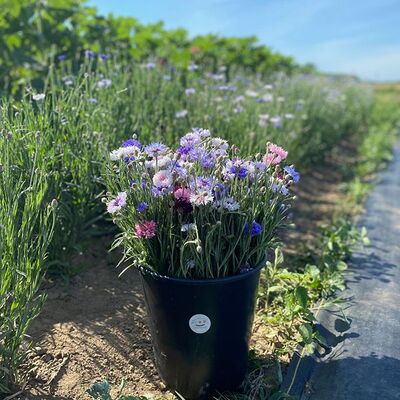
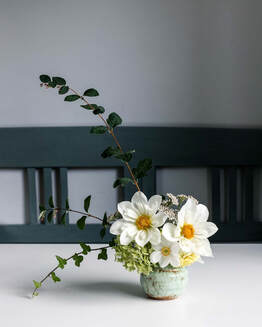
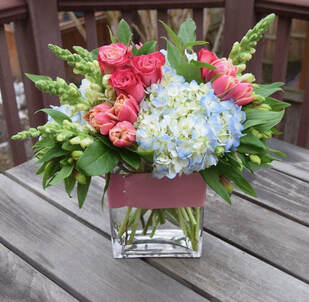
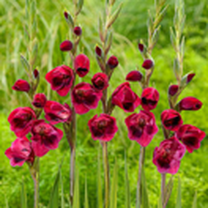
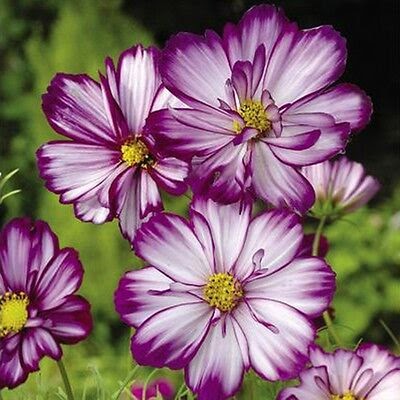
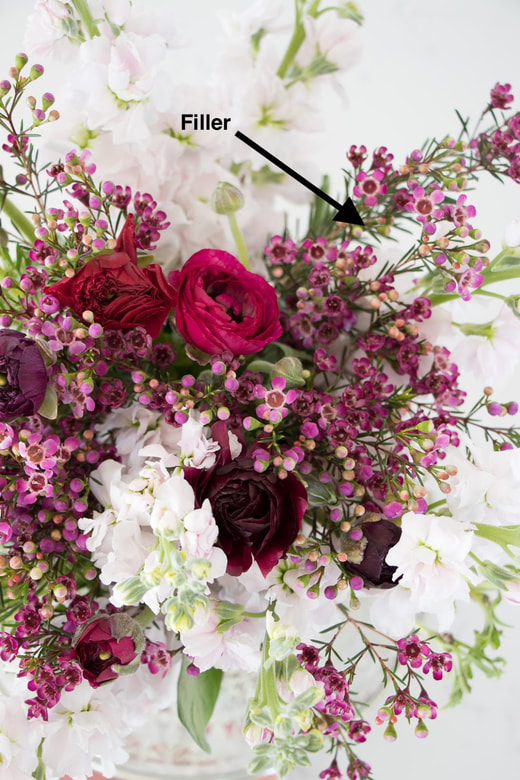
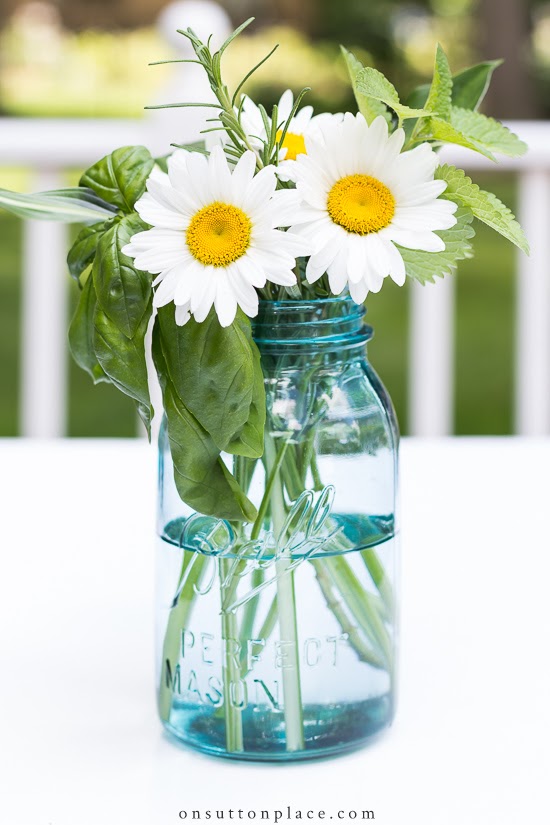
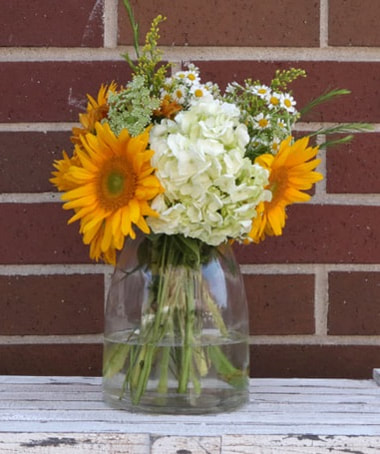


 RSS Feed
RSS Feed